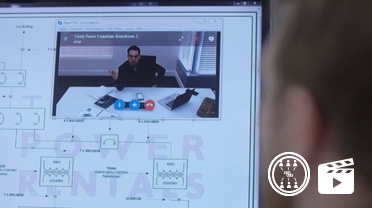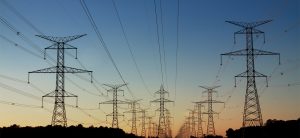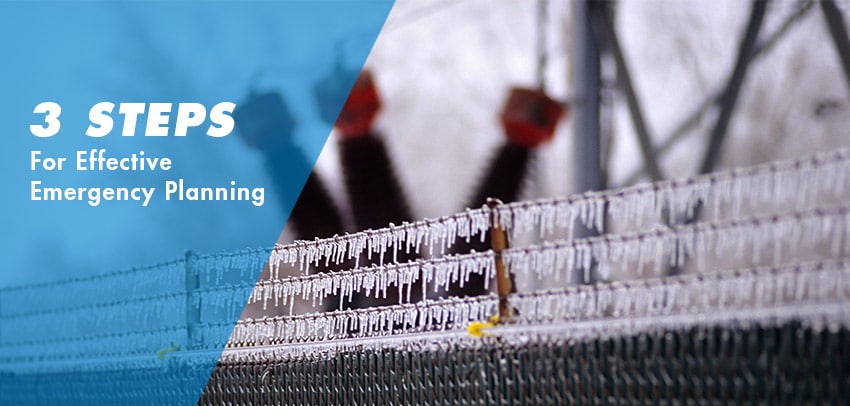- OUR APPROACH
-
COMMITTED TO YOUR SUCCESS
Our approach, developed over decades of experience, is fine-tuned to get the results you want.
We deliver concept-to-completion solutions, designed by temporary power specialists with access to the largest inventory of high-quality power generation and distribution equipment in North America.
-
- Equipment
-
RENTALS
From a wide range of diesel and natural gas generators to transformers, cable, light towers and more, our large rental fleet and extensive vendor network ensure we’ll have the temporary power equipment that your project requires — every time.
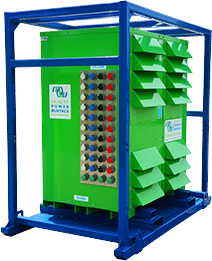
-
- Industries
-
INDUSTRIES WE SERVE
For nearly 20 years, we have been at work powering projects across Canada’s industrial sectors.
Select from this sampling of industries to learn how we can put our expertise to work for you.
VIEW ALL- Projects
- About
-
A PROUD HISTORY. A BRIGHT FUTURE.
From our inception in 1998, we have been building our team on a foundation of excellence. Our team members’ passion, expertise and commitment are what have allowed us to grow into a national company with projects across Canada.
Click on the links to learn more about our history, our team or our career opportunities.
- Blog
- Contact
-
Fires, Floods and Other Disasters: Is Your Business Prepared for Summer?
Jun 21, 2022
The summer of 2021 was a record-breaking year for extreme weather and natural disasters in Canada. In BC alone, deadly heat was abruptly followed by unprecedented flooding and mudslides in the fall. The prairies experienced unrelenting heat and wildfires; in Alberta, Calgarians endured 512 hours of smoke and haze, compared to the average of 12 hours per summer, and golf ball-sized hail caused millions of dollars’ worth of damage. Across Canada, more tornadoes touched down in 2021 than in any previous year and 6 tropical storms reached our shores, one of which was the longest-lasting category 5 hurricane in Atlantic basin history. According to estimates, there were 14 major catastrophic events in Canada last year and the total insured catastrophic loss added up to $2.04 billion.
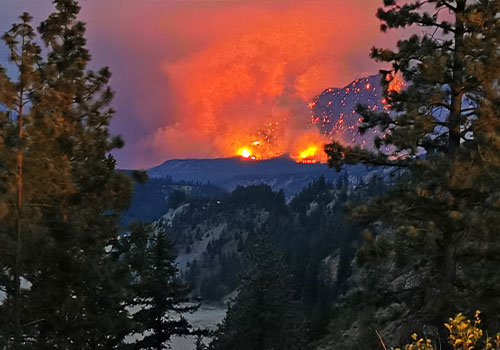
With climate experts predicting ever more erratic weather, and supply chain issues continuing to impact the temporary power industry, the summer of 2022 could be another challenging one for both Electrical Contractors and other business owners. In fact, it has already begun, with storms in May leaving several communities in Ontario and Quebec in a state of emergency. Natural disasters and emergency outages aren’t exactly predictable (just ask the residents of Prince George whose internet and power was cut off by a beaver in the early days of June). But it is possible to prepare effectively for them.

He spoke with us about what Electrical Contractors and other businesses can do to prepare for extreme weather events and other disasters as we head into the summer months.
When Demand Outstrips Supply
Last year, with COVID-19 in full swing, borders still tightly restricted, and manufacturers struggling both to obtain the supplies they needed and retain healthy staff, supply chain woes were at an all-time high. In BC, adding to the pressures on the system were fires and mudslides that took out important trucking routes. Guess recalls, “With infrastructure damaged and the highways closed down, some electricians were literally trapped in remote locations. The flooding also seriously limited many Electrical Contractors’ service range.”
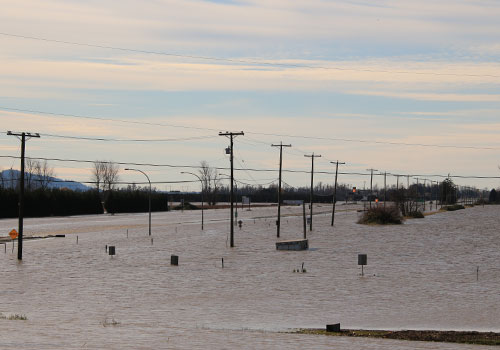
How did these issues impact businesses? In many cases, they were simply unable to remain open. Many more were forced to reduce operations. “With the limited inventory and increased freight costs among other reasons, not every business had the budget or resources to remain operational when their local utility shut down” explains Guess.
That was last year.
While this year will probably look different, especially with border restrictions lifted and out-of-province inventory more readily accessible, there are other pressures on the market that could affect rental equipment availability. “Summer is the busiest time of year,” explains Guess of temporary power equipment rentals. “And with restrictions easing, more temporary equipment will be earmarked for planned events like festivals.”
Which all begs the question: how can businesses and the Electrical Contractors that serve them ensure they are ready for whatever may come in the summer of 2022?
Contingency Planning: An Often-Overlooked Necessity
“Building a contingency plan with an Electrical Contractor or temporary power rental vendor is the most important step a business can take to prepare for unexpected disruptions to power,” explains Guess. “Many business owners and facility managers are unaware that this is an option.”
A power contingency plan involves first identifying which equipment is absolutely necessary for a site to continue to operate at the minimum required capacity in an emergency, and then understanding the load requirement of that equipment. This number is usually different from the load required to power a main panel – something that Guess says many people don’t realize.
“In an emergency, equipment availability might be limited,” Guess explains. “It can be much more difficult to locate larger equipment, so it really helps to know what the critical load is.”
In addition to assessing critical loads, an Electrical Contractor or site supervisor can work with a company such as Trinity to determine other important factors needed to design a temporary solution – factors such as footprint, cable runs, connection points and anything else that might affect the installation and operation of the equipment.
Having all of this information laid out in advance can save vital time when disaster strikes.
“With a contingency plan in place, we know exactly what’s needed on site,” says Guess, “which substantially limits the back and forth communication in an emergency situation. The plan offers peace of mind and it doesn’t cost anything to create.”
Your Temporary Power Provider Is Here to Help
In addition to assistance with building a contingency plan, working with a temporary power rental company like Trinity Power has a number of other benefits.
For one, a temporary power vendor will have up-to-date knowledge about the equipment that’s available at any given time, making procurement much more efficient. “A Project Manager at Trinity will know exactly what is available in our own fleet, but they’ll also have a strong understanding of inventory held by our many power broker partners across North America,” explains Guess.
During busy seasons like this upcoming summer, he recommends keeping an eye on the weather: “If an EC or other business is monitoring the situation and they realize that there’s a possibility that a fire or a storm is going to necessitate an emergency power response, they can contact us to keep tabs on what’s currently available.” This allows businesses to stay one step ahead of other potential renters and helps ECs to anticipate their clients’ challenges and determine possible solutions in advance.
If the budget is there, a temporary power vendor can keep the power equipment identified in your contingency plan on standby in their yard, ensuring that it will be available if and when it’s needed.
Does your business have a contingency plan in place for emergency outages? If not, you aren’t alone. “Many businesses don’t have a plan in place,” explains Guess. “Last summer, a lot of folks were in full panic mode. A contingency plan makes everything run much more smoothly.”
Related Articles
Subscribe for access to exclusive content


